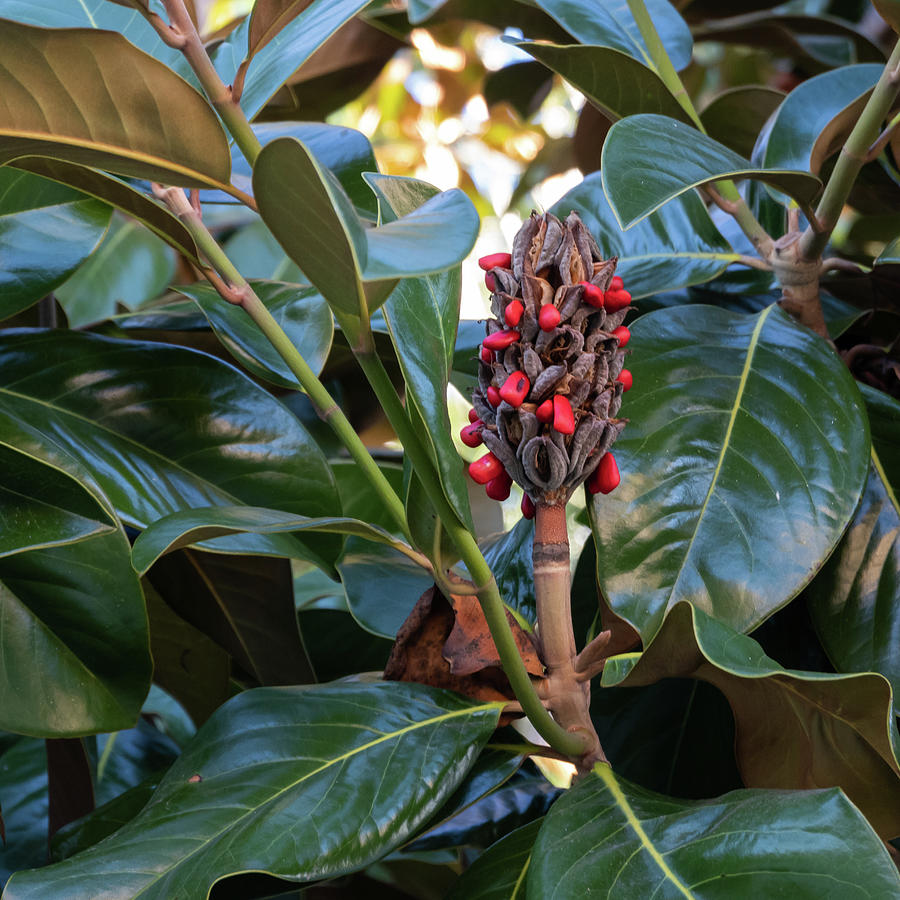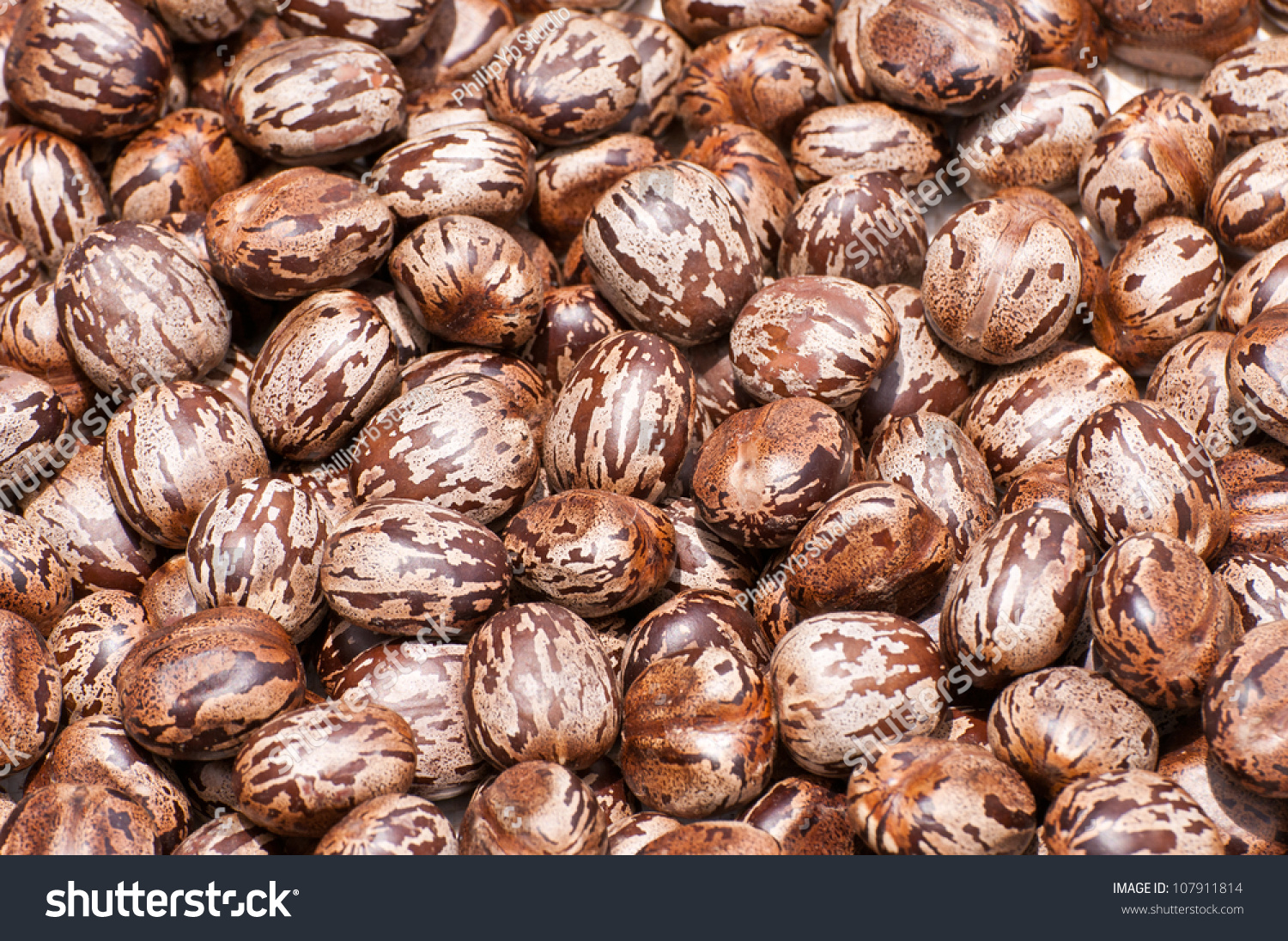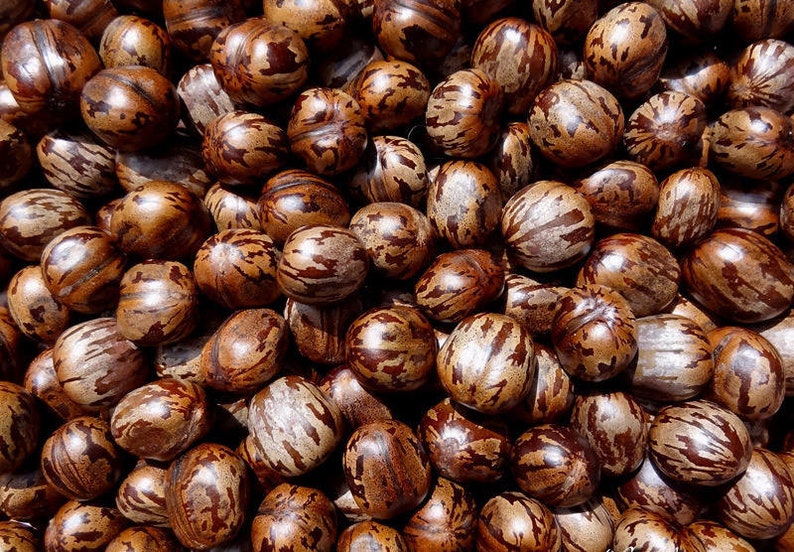
Rubber Tree Seeds Photograph by Robert VanDerWal
Horticulturalist Maggie Moran explains, "A rubber tree requires an equal amount of both sunlight and shade. Plant your tree in a location that has these conditions for best results.". 5. Grow in temperate climates when placing the tree outdoors. In the United States, this plant grows best in hardiness zones 10 and 11.
Prudentmoms Types of Seeds
Hevea brasiliensis, the Pará rubber tree, sharinga tree, seringueira, or most commonly, rubber tree or rubber plant, is a flowering plant belonging to the spurge family Euphorbiaceae originally native to the Amazon basin, but is now pantropical in distribution due to introductions.

Bark of Rubber Tree Seed on Rubber Tree Seeds, Hevea Brasiliensis Seeds
Rubber seed shell (RSS) is an agricultural waste material from natural rubber tree, which is widely cultivated in areas of Southeast Asia, including Thailand, Malaysia, and Philippines.

Rubber Tree Seed Stock Photo 107911814 Shutterstock
Rubber tree ( Ficus elastica ), also known as rubber plant, is a favorite houseplant thanks to its broad, glossy, emerald-hued leaves and impressive growth rate. This tropical plant can grow up to 100 feet tall in its natural habitat or over six feet tall indoors in just a few years with proper care.

Rubber Seed Tree Extreme Close Up Stock Photo Image of cluster
Instead of throwing away a cutting, you can use it to propagate your rubber tree plant. Ideally, you should get a 6-inch cutting with two sets of leaves. Remove the bottom set of leaves and place the cutting in a well-draining, moist potting soil. The cutting should be covered with a clear plastic or jar, but without touching the leaves.

Rubber Trees » Curious Cat Science and Engineering Blog
Rubber tree plants, specifically, cleanse particles of formaldehyde from the air in addition to eliminating other nasties like bacteria and mold from your indoor air. 2. Oxygen Production Like other plants, the intake of carbon dioxide and subsequent release of oxygen is a natural part of a rubber tree's metabolic processes.

Rubber Tree Seeds Opened on the Ground Stock Photo Image of ripe
Soil Requirements. Rubber plants thrive in loamy, slightly acidic soil; opt for a well-draining blend with a pH between 5.5 and 7. "Select a high quality, rich potting soil and mix in extra pumice or perlite for drainage," says Mercer. "A DIY recipe could include 2 parts commercial potting soil, 1 part perlite, and 1 part pine bark.

Rubber Tree Seed On Bark On Other Rubber Tree Seeds Hevea Brasiliensis
Rubber seed oil is oil extracted from the seeds of rubber trees. In the latex manufacturing process, rubber seeds are not historically collected and commercialized. Recent analysis shows that rubber seed oil contained the following fatty acids: [1] [citation needed] Palmitic (C16:0) - 0.2% Stearic (C18:0) - 8.7% Oleic (C18:1) - 24.6%

Rubber Tree Seed On Bark On Other Rubber Tree Seeds Hevea Brasiliensis
by Matt | Oct 24, 2022 | Mast Trees The rubber tree is a tropical evergreen tree that produces a milky white sap that is the source of natural rubber. The tree is native to South America, but was introduced to Southeast Asia in the early 19th century. The rubber tree grows up to 30 meters tall and has a spreading canopy of up to 40 meters.

Rubber Tree Seed in the Bark on the Ground, Hevea Brasiliensis Seeds
The rubber tree is a perennial plantation crop, although in many parts of Africa the tree exists in a semi-wild state, the original rubber plantations having fallen into a state of neglect.. Rubber seed meal versus soybean meal as sources of protein in semi-purified diets for rats.Nutr. Rep. Int.,36, 617-30. CAS Google Scholar

100 grams of Rubber tree seeds Hevea brasiliensis or about Etsy
Place your rubber tree in a spot with moderate temperatures (75-85 degrees during the day and 60-65 degrees at night) and away from cold drafts or dry heat. Rubber trees are highly adaptable and thrive in bright, indirect light, or lower light spots.

Rubber seed stock image. Image of agriculture, garden 15800149
Rubber tree is also known as a banyan plant, a part of the epiphyte or strangler fig family. When given ideal growing conditions, this plant can overtake an area with buttressed roots that spread for hundreds of feet in some instances. Roots can even grow aerially, reaching between trees.

Rubber Tree Seeds and Bark in Soil, Hevea Brasiliensis Seeds Closeup
Here are the steps on how to grow a rubber plant from seed. If a flower blooms out of your rubber plant, you can collect those seeds and plant them. Here are the steps on how to grow a rubber plant from seed. If a flower blooms out of your rubber plant, you can collect those seeds and plant them.

Reference for rubber seeds can try and find copyright free image to
A rubber tree, also referred to as rubberwood, can be tapped for latex once it reaches approximately six years of age. In order to reproduce, the fruit of the rubberwood burst open when ripe, scattering its many seeds in an area spanning up to 100 feet from the tree. Habitat

Rubber Tree Seed — Stock Photo © tawintaew 32917173
Rubber tree seed oil not only has a high ability to become an excellent source of biofuel but also has enormous potential in other industrial sectors. Products derived from RSO are used in several industrial sectors, including the paint industry, soap industry, and engineering sector as core binders. All products obtained from rubber trees can.

Rubber Tree Seeds Opened on the Ground Stock Image Image of flora
Rubber Tree Seeds News Rules Style Guide Read Edit View history Page Discussion 24,463 ARTICLES ON THIS WIKI Rubber Tree Seeds The Rubber Tree Seed is a seed from Ex Nihilo. When planted on a dirt or grass block, a Rubber Tree Sapling will be placed. These seeds can be obtained by sifting dirt in a Sieve . Recipe [ edit] { { Sieve }} Usage [ edit]